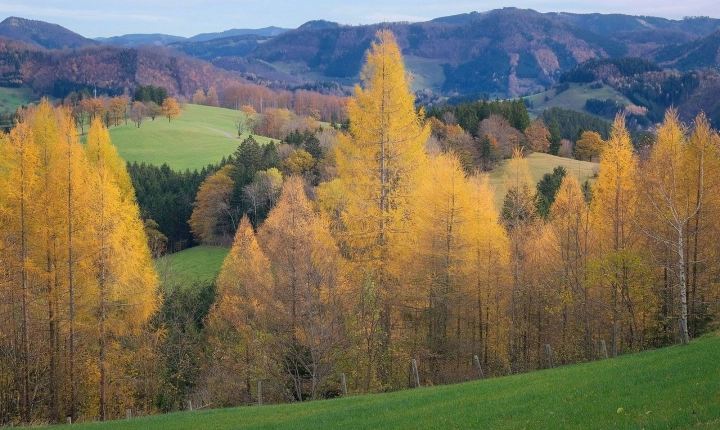Title: How to Use AI to Create Animation: Exploring the Future of Digital Art
In recent years, the advancement of technology has revolutionized the animation industry. Artificial Intelligence (AI) is increasingly being used to create stunning animations, making the process faster, more efficient, and even more creative. By harnessing the power of AI, animators can bring their vision to life in ways previously unimaginable. In this article, we will explore how AI is transforming the art of animation and how to use it to create captivating visual storytelling.
AI-driven animation tools leverage machine learning algorithms to analyze and interpret data, enabling the creation of complex movements, realistic simulations, and lifelike characters. These tools are capable of mimicking human-like behaviors and understanding motion dynamics, resulting in animations that are more natural and fluid.
One of the most exciting applications of AI in animation is the generation of character movements. Traditionally, animators have had to painstakingly keyframe every movement, a time-consuming and labor-intensive process. However, with AI-powered technology, animators can teach a model a specific movement, and the AI can generate similar movements for other scenarios, saving valuable time and effort.
Furthermore, AI can be used to enhance the overall visual quality of animation. By analyzing and synthesizing vast amounts of visual data, AI can generate realistic textures, lighting effects, and even facial expressions, allowing for more immersive and visually appealing animations.
So, how can animators harness the power of AI to create compelling animations? One way is to utilize AI-driven animation software, which offers a range of tools and features designed to streamline the animation process. These tools can assist in character rigging, motion capture, and scene layout, allowing animators to focus more on creative storytelling and less on technical details.
Another approach is to explore the use of AI-generated content, such as pre-trained models for motion capture or character animation. By leveraging these pre-existing resources, animators can rapidly prototype animations and experiment with different styles and techniques.
Additionally, animators can benefit from learning about the various AI algorithms and techniques commonly used in animation, such as neural networks for character movement prediction, or generative adversarial networks for realistic texture synthesis. Understanding these technologies can empower animators to push the boundaries of what is possible in animation and stay ahead of industry trends.
Despite the immense potential of AI in animation, it is important to recognize that it is not a replacement for human creativity and expertise. AI should be seen as a powerful tool that can augment and enhance the creative process, rather than as a substitute for human talent.
As the field of AI continues to evolve, so too will its impact on animation. The future holds exciting possibilities, from AI-generated storytelling to personalized character interactions. By embracing AI-driven animation tools and techniques, animators can unlock new levels of creativity and innovation, shaping the future of digital art and storytelling.
In conclusion, AI is revolutionizing the animation industry, offering new ways to create captivating visual storytelling. By leveraging AI-driven animation tools, harnessing pre-trained models, and staying informed about AI algorithms and techniques, animators can push the boundaries of what is achievable in animation. The fusion of human creativity and AI innovation holds the potential to transform the art of animation and shape the future of digital art.
